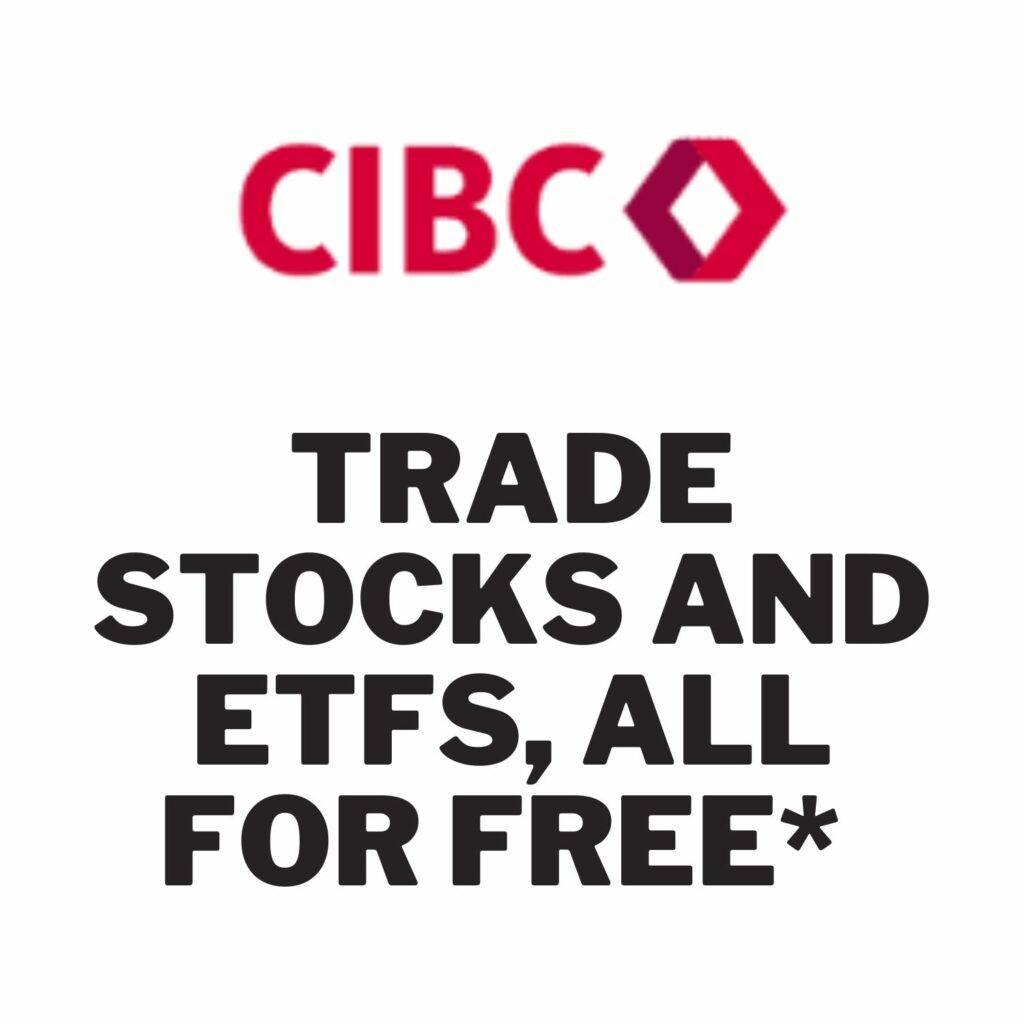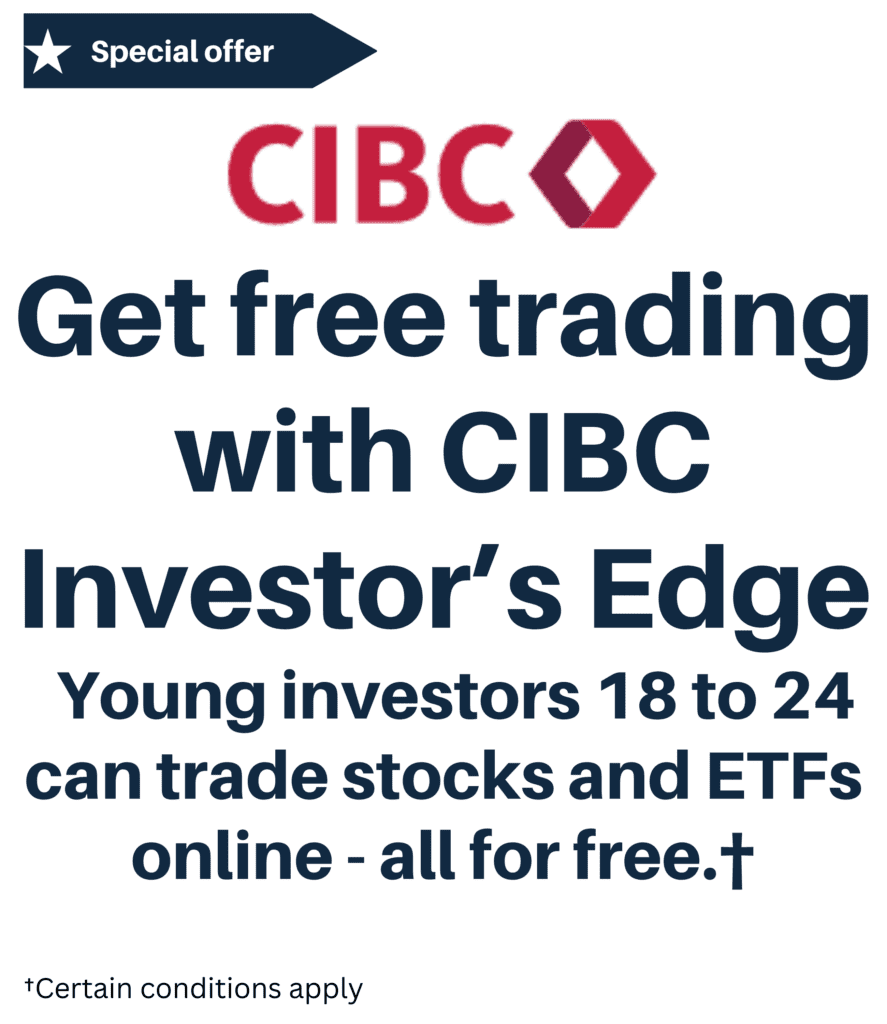When it comes to investing in ETFs, many Canadians look for all-in-one solutions that offer a diversified portfolio with a single transaction. XEQT and VGRO are two popular all-in-one ETFs that aim to simplify investing for individuals. Each ETF provides a different investment strategy, asset allocation, and risk level, and understanding these differences is key to choosing the right one for your investment goals (XEQT vs VGRO).
Executive summary
Here is a summary table comparing XEQT and VGRO:
| Feature | XEQT (iShares Core Equity ETF Portfolio) | VGRO (Vanguard Growth ETF Portfolio) |
|---|---|---|
| Issuer | BlackRock Canada | Vanguard Canada |
| Asset Allocation | 100% Equities | 80% Equities, 20% Fixed Income |
| Investment Strategy | Invests entirely in other iShares ETFs for global equity exposure | Invests in a mix of Vanguard ETFs for a diversified blend of stocks and bonds |
| Risk Profile | High (due to full equity exposure) | Moderate to High (due to mixed assets) |
| Intended Investor Profile | Investors with high risk tolerance and long-term growth focus | Investors seeking a balance of growth and income, with moderate risk tolerance |
| Market Exposure | Global, including U.S., Canada, developed international markets, and emerging markets | Global, with a diversified portfolio across various markets and asset classes |
| Potential for Returns | Higher potential returns with higher volatility | Potentially lower returns compared to XEQT, but with reduced volatility due to bond inclusion |
| Income Generation | No direct income focus, as it is all equities | Provides income through the fixed income component |
| Investment Horizon | Suitable for long-term investors who can withstand periods of market volatility | Suitable for investors looking for long-term growth with some level of stability |
XEQT: iShares Core Equity ETF Portfolio
XEQT, the iShares Core Equity ETF Portfolio, is offered by BlackRock Canada. It’s designed for investors looking for long-term capital growth with a 100% equity allocation. This ETF is a fund of funds, meaning it invests in other iShares ETFs. It has a global reach, including exposure to the U.S., Canada, developed international markets, and emerging markets.
The 100% equity composition makes XEQT an aggressive investment option, suitable for investors with a higher risk tolerance and a longer time horizon. It does not include bonds, which typically provide stability and income. As a result, investors can expect higher volatility but also the potential for higher returns over the long term compared to mixed-asset ETFs.
VGRO: Vanguard Growth ETF Portfolio
The fund VGRO, by Vanguard Canada, is another popular choice for investors looking for an all-in-one ETF solution. VGRO aims to provide long-term capital growth with a strategic allocation of roughly 80% in equities and 20% in fixed income. This blend of stocks and bonds is designed to strike a balance between risk and return.
VGRO’s diversified approach across different markets and asset classes makes it suitable for investors with a moderate to high risk tolerance. The inclusion of bonds serves to temper the volatility associated with stock markets. It provides a cushion during market downturns and a steady stream of income through interest payments.
Key Differences Between XEQT vs VGRO
Investment Strategy
XEQT is an all-equity portfolio, making it more aggressive with the potential for higher returns and higher risk. VGRO includes a mix of equities and bonds, aiming for growth while mitigating risk with income-generating assets.
Asset Allocation
With XEQT, you are looking at a 100% allocation to stocks, whereas VGRO offers an 80/20 split between stocks and bonds.
Risk Profile
XEQT is geared towards investors with a high-risk tolerance, while VGRO caters to those with a moderate to high-risk tolerance, offering a more balanced approach.
Potential Returns
While both ETFs aim for growth, XEQT’s all-equity profile suggests higher potential returns accompanied by greater volatility. VGRO’s mixed allocation may result in more stable but potentially lower returns over the same period.
Which One Should You Choose XEQT vs VGRO?
The choice between XEQT and VGRO should be based on your investment horizon, risk tolerance, and financial goals. If you are a younger investor with a long time horizon and a capacity to withstand market swings, XEQT might align with your growth-oriented strategy. Conversely, if you seek a balance between growth and income with a slightly lower risk profile, VGRO may be more appropriate.
Conclusion
Both XEQT and VGRO offer diverse, all-in-one investment solutions that cater to different investor profiles. XEQT suits those who are fully focused on equity growth and can handle the associated risks, while VGRO is for those who prefer a mix of growth and income with a slightly tempered risk approach. Whichever you choose, these ETFs can be convenient, low-maintenance options for building your investment portfolio. Always consider consulting with a financial advisor to ensure that your investment choice aligns with your overall financial plan.



